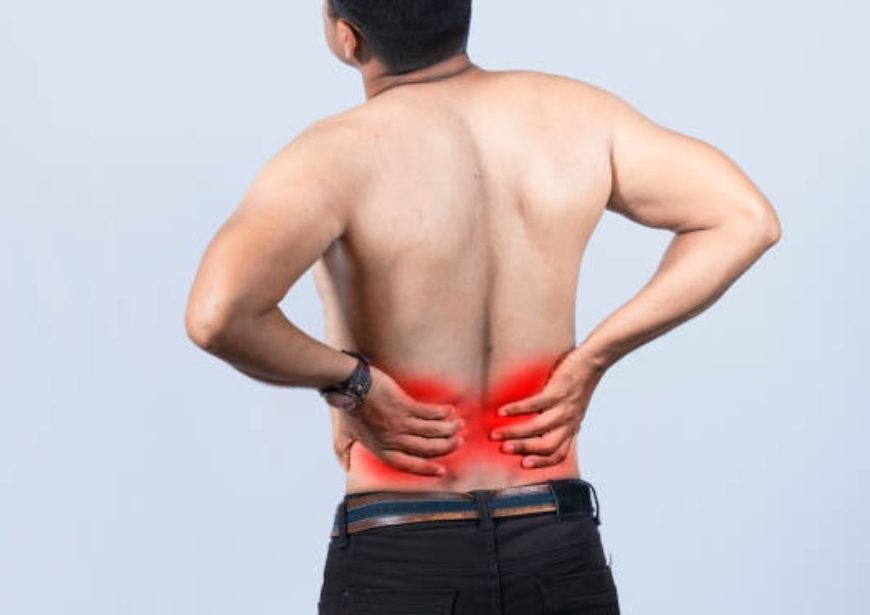
The issue with neck pain: prevelance and natural history
The history of neck pain is explained in this blog. The distribution, natural history, and clinical course of a disease are all factors that contemporary clinical epidemiology considers. We present a quick summary of these dimensions in relation to neck pain. Let’s discuss prevalence: Compared to lumbar back pain, the epidemiology of neck pain in the adult population has received less attention, although there is … Continue reading The issue with neck pain: prevelance and natural history
